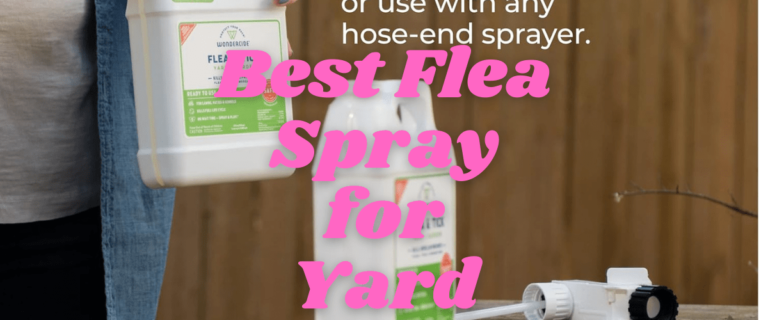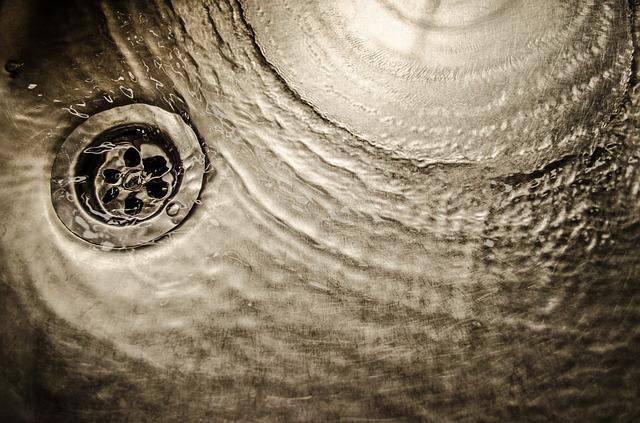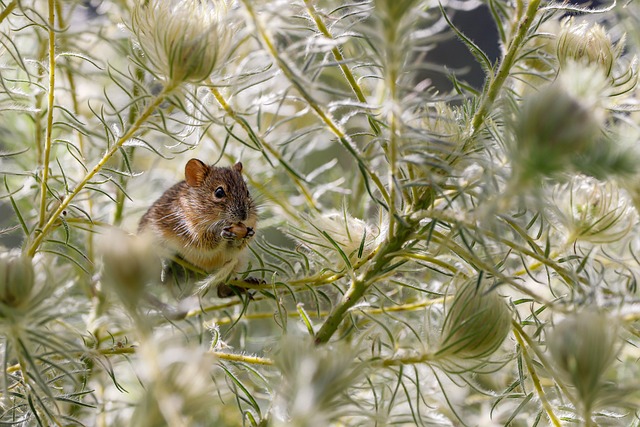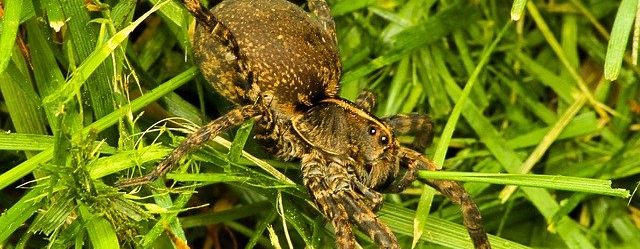How to Get Rid of Sand Fleas – 7 Tips
Spring is here and with it, sand fleas. In this article, I’ll provide tips on how to get rid of sand fleas.
- These tiny parasitic bugs inhabit humid beaches or coastal climates and they’re known for their bite, itchiness, and difficulty to get rid of.
- Sand fleas can bite both dogs and cats, as well as birds and humans. These itch-inducing bites can cause fatal infections or recurring skin conditions.
So, inspect your pets, luggage, and home for sand fleas and undertake appropriate steps to prevent re-infestation. Related: Flea Spray for Garden.
[amazon bestseller=”Sand Fleas Killers” items=”2″ template=”table”]
Approach 1: Identify the Sand Fleas – How to Get Rid of Sand Fleas
Step 1: How do you identify the sand fleas?
A sand flea looks like a sand particle and is the size of a grain of rice or a speck of salt. – you’ll find it near the sand-water interface or in moist areas.
While sand fleas are tiny insects that you may not be able to spot with your naked eye, it is still possible to see with a closer look.
When you’re walking on sand, sand fleas are most likely to climb onto your legs and feet. If you’re wearing shoes, they’ll crawl up to your ankles.
- Sand fleas are also known as “no-see-ums,” because their bites can be difficult to notice when they come in groups and the saliva from the bite is injected deeply into your skin.
- This makes it easier for them to feed on blood without being detected.
Step 2: Do you have sand fleas bites?
Sand fleas bite humans and pets to suck blood and embed their eggs. The sand flea bites are often red, round, itchy bumps that look like mosquito bites; see a comparison on mosquito bites vs spider bites.
- The bite of a sand flea can be very painful and always causes some skin irritation if scratched and rubbed.
The bite has a tiny blackhead-like bump in the center or there’s a white pustule, around which there is a red spot – this shows that the sand fleas bit the area and deposited its eggs.
Don’t scratch the area with the sand flea bite because it will only worsen the itch while also distributing the egg and infected saliva through broken blisters and open wounds.
- Wash your hands before touching the area, and then apply a cold compress or ice to relieve some of the itching sensations.
How do sand fleas make me feel? Sand flea bites cause an intense itching sensation that lasts about 30 minutes after a person has been bitten by one of these tiny insects.
Step 3: Rub some Antihistamine
Apply a topical over-the-counter antihistamine such as Neosporin and Benadryl to soothe pain and itching from the sand flea bites.
Rubbing cream or ointment such as calamine lotion, cortisone cream (e.g., hydrocortisone), bisabolol, or aloe vera gel onto the affected area can help reduce itching and inflammation of the rash.
Also, rubbing alcohol will help dry the wound, and the alcohol will kill any bacteria on the skin.
- Don’t scratch itchy skin! This will only cause more irritation to your already sensitive skin and may make you bleed because scratching damages normal skin tissue.
- Scratching also could leave open sores which might be infected by bacteria lurking in fingernails or household dirt that has been left behind after scratching so please don’t do this! You should try not to touch any part of your body
Sand flea bites, while not serious, can be discomforting to your skin as they’ll last for a few weeks.
The bites are itchy and may lead to infections if left untreated. They’re also very painful, depending on the bug’s bite-size.
Apply essential oils such as tea tree, eucalyptus, cajeput (cassia), clove, and lavender, or thyme, peppermint, and lavender; these have anti-inflammatory properties which can help reduce pain.
- Rub a tablespoon of oil into each bite until it is fully absorbed by your skin. This will also kill any larvae that could lead to an infection on your wound.
Get an ice pack and apply it to the bite for 20 minutes at a time, four times per day. You can also use crushed ice wrapped in a clean cloth if you don’t have access to an ice pack or freezer gel packs.
- Contact your doctor if the sand flea bite becomes very painful or its swelling does not go down in a day or two.
Approach 2: Get rid of the Sand Fleas
Step 1: Spray Suitable Sand Flea Pesticides
Spray pesticides for the sand fleas in different areas of your home such as on furniture, carpets, and floors.
The insecticide will kill the bugs by damaging the nervous systems.
- When you buy a pesticide product, it is important that you make an informed decision.
- Consider the active ingredient and the strength before purchase – so get an organic pesticide to reduce chemical exposure.
Therefore, I recommend using natural compounds such as salt and diatomaceous earth to kill fleas and spiders.
- Sprinkle that material onto the various surfaces and areas – but allow it to work for about 24 hours before vacuuming the surfaces well.
But also avoid toxic pesticides that may harm your pets, kids, or family members.
Approach 3: Remove the Sand Fleas from Home
Step 1: Spray Sand Fleas Pesticides
Steps to prevent sand flea bites:
– Spray your house with pesticides to remove sand fleas.
– Make sure you spray the areas where people spend a lot of time like furniture, carpets, and floors.
– You can also use organic pesticides that are safe for humans and pets. These will help clear any infestation in just a few hours by damaging the nervous system of these pests.
Spray sand fleas pesticides are not a good idea because they can be harmful to the environment and pets.
Other ways to get rid of sand fleas include diatomaceous earth (DE) powder, salt sprinkled around the house, and boric acid.
- Diatomaceous earth is an organic substance that kills bugs by scratching off their outer layer of exoskeleton (a protective coating) as it’s ingested or touched by them.
- This dust-like powder has microscopic jagged edges that damage the insect’s insides when it gets into its body; this causes death in two ways: dehydration from lack of water, or through poisoning with accumulated heavy metals and other toxins worn away from inside the bug’s own body.
- DE is harmless to people, plants, birds, fish, and other animals but will kill most insects on contact including ants
Gardens and homes are regularly treated with insecticides and fungicides that can be harmful to pet birds.
To avoid this, use natural products such as diatomaceous earth (DE), salt, or boric acid.
– Spraying DE around doors and windows, or into cracks in floors where pets sleep can keep sand flea populations down – allow it 24 hours before vacuuming.
– Fleas only want to live as close to their host’s skin as possible; therefore, a good way of keeping them off humans is by vacuuming regularly (especially rugs) and washing clothes at high temperatures.
– Spray Sand Fleas Pesticides may also be sprayed onto pet bedding after it has been vacuumed up. This traps any remaining sand flea eggs that might have escaped when you removed or killed the adult fleas from your home before they hatch again.
Step 2: Vacuum upholstery and carpets Thoroughly
Hire a professional or DIY to vacuum your carpets and upholstery.
Vacuum for at least an hour in all areas that are not upholstered by using length settings on the hose so you can get under any furniture (including corners, stairs, and ceilings).
The professional will also be able to use attachments such as brushes or crevices to pull out fleas that may live in those more difficult places like carpet fibers.
Vacuum thoroughly on a regular basis – especially in commonly used rooms to prevent any further sand fleas infestations.
The vacuum bags should be disposed of in a sealed plastic bag, not left sitting on the floor.
- Since sand flea larvae are typically found near ground level or beneath heavy furniture like sofas, it is important that vacuum bags are tightly closed when they’re discarded, because this will help prevent them from escaping back into your home.
Step 3: Launder Bedding and Clothes
Sand flea eggs that are deposited on clothes or bedding can be removed by laundering these items in hot water. They’ll be hiding in folds of bedding and clothes.
- Launder or wash your towels, bedding, and clothes when you get home from the beach to remove sand fleas – and don’t reuse the items before washing.
It’s also worth mentioning that washing those clothing items in cold water may not effectively kill all of the larvae because sand flea eggs have an outer shell that resists heat.
If you share a room, check all of the bedding items and clothing for sand fleas.
Inspect and clean dirty shoes to make sure sand fleas are not being transported back to your home.
- Inspect your feet and footwear when getting back home. Look at the seams, fabric lining, and in-sole of shoes before you enter your house.
If you don’t plan to clean the shoes right away, spray them with an insecticide containing permethrin or leave them outdoors; otherwise bag those up as well.
Approach 4: Treat your Pets for Sand Fleas
Step 1: Inspect cats & Dogs for Signs of Sand fleas
If cats & dogs spend any time outside, they may bring in sand fleas on their fur. The following are some easy ways to find and remove fleas from your pet before bringing them inside:
- Inspect your cat’s or dog’s skin for red, swollen bites as this can indicate a sand flea infestation.
- Look at your dog or cat’s paws, thick fur, as well to see if they have burrows from sand fleas that can be easily seen in their paw pads.
- Also, look under their armpits because this is a popular place for dogs to get bitten by sand fleas while scratching themselves with their hind legs – even when treated!
- Check if your pet shows excessive licking, scratching, or chewing behaviors in addition to heavy shedding.
If you find any of these signs, take steps one through three again until you either eliminate them or decide not to do anything more about it.
Step 2: Effectively Wash the Pets
To control the sand fleas, make sure to groom them thoroughly and give them a bath.
Groom the fur away from their skin before giving them a thorough scrub with shampoo.
- Blow- or towel-dry the pet until they are completely dry, then comb through any mats in the fur before letting it continue to air-dry indoors for 48 hours as this is the fleas’ lifecycle.
Use an antihistamine on the pet to ease the redness and itching on the sand flea bites.
- Contact your vet if you notice the pet has sand flea eggs.
Step 3: Steam or Vacuum Pet toys and bedding
To make sure that your house is not filled with sand fleas, you need to scrub clean the pet toys, bedding, and clothes.
You also need to steam clean and vacuum all the soft things like soft-fabric toys, pillows, blankets, and dog beds.
- Vacuuming will help remove the fleas and eggs; a good steam cleaner will kill more than half of them in just one cleaning session.
If you are not sure about how to use a steamer, take your pet toy or bedding with you when purchasing it from the store so that they can show you how to best clean it at home.
You can also treat the pets using diatomaceous earth or organic pesticides.
Conclusion
I hope this article has been helpful in finding out how to get rid of sand fleas.
If you have any questions about the topic, feel free to post a comment below or share your story with us!
Seeya soon 🙂







